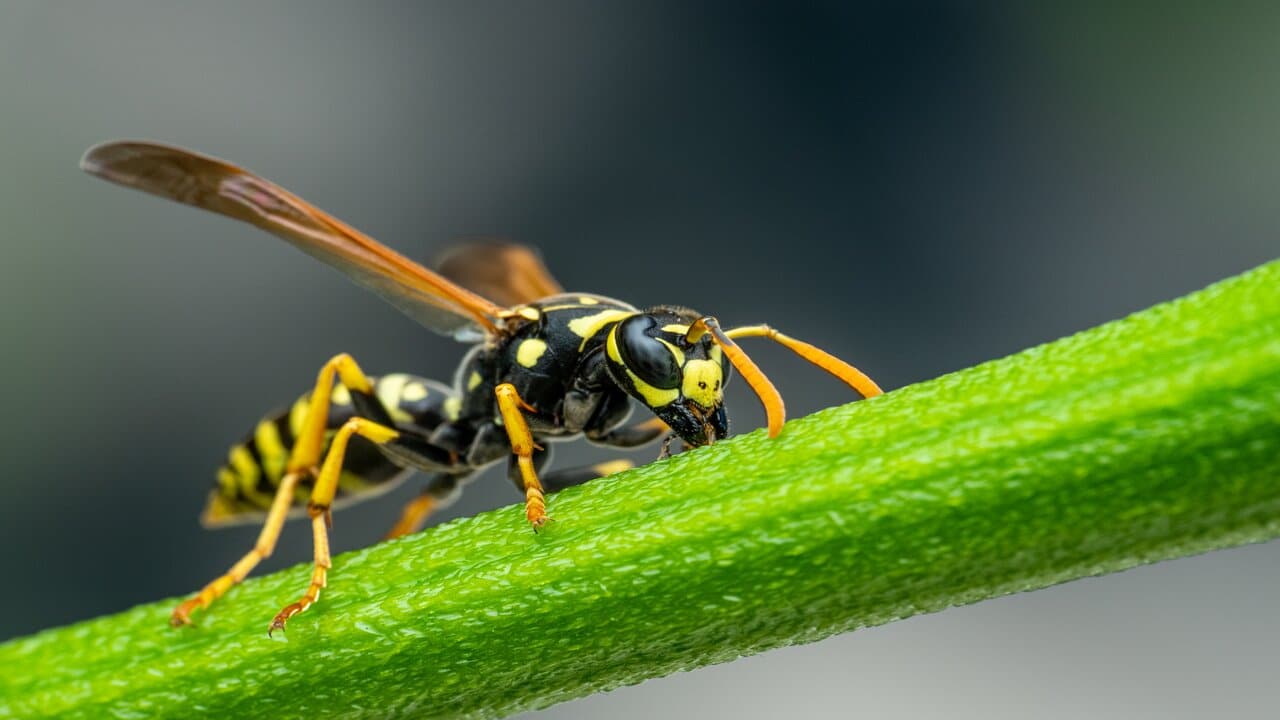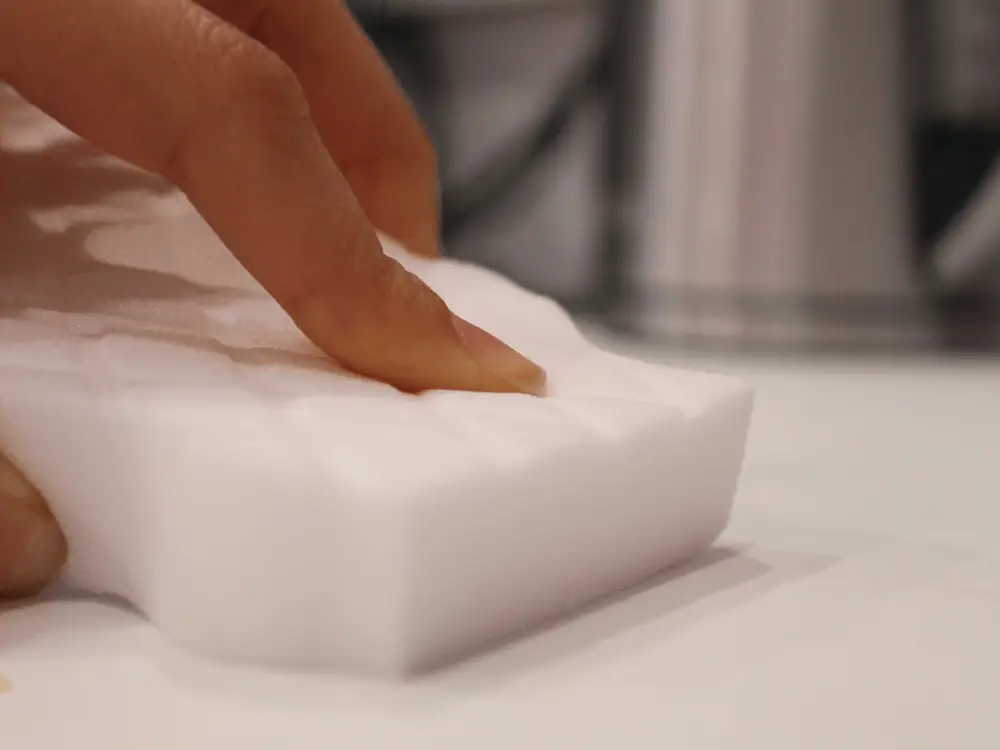Red depicts passion, love, and energy. But when this fiery hue finds its way to our favorite fabrics, it becomes a formidable foe, leaving behind unsightly stains that compromise the quality of our clothes. Hence the million dollar query; how to remove red dye stains from fabrics.
Regardless of the inconvenience of this red situation, it is quite prevalent with most households having to face the challenge at least once a year. This emphasizes the need for effective stain removal strategies to protect our valued garments.
Fortunately, in this guide, we will discuss the intricacies of stain removal, exploring various techniques and remedies tailored to different fabrics. With this knowledge, you will be equipped to tackle even the most stubborn stains and restore your fabrics to their radiant best.
Table of contents
- How to Remove Red Dye Stains from Fabrics: A Step-by-Step Guide
- What Are The Different Types Of Red Dye Stains?
- What Are The Factors That Affect The Difficulty Of Removing Red Dye Stains?
- What Are Common Mistakes To Avoid When Removing Red Dye Stains?
- What Are Some Preventive Measures To Avoid Red Dye Stains?
- What Are Professional Stain Removal Services For Stubborn Red Dye Stains?
- How To Remove Red Dye Stains From Silk, Wool, Or Denim?
- FAQs
- Conclusion
- References
- Recommendations
How to Remove Red Dye Stains from Fabrics: A Step-by-Step Guide

Here is a detailed guide to removing red dye stains from your fabrics:
- Act Swiftly: Time is of the essence when dealing with red dye stains. The longer the stain remains, the deeper it will penetrate the fabric and the more difficult it will be to remove.
- Identify the Fabric: Different fabrics require different approaches to stain removal. Always check the care label on your garment to determine the appropriate method.
- Blotting vs. Rubbing: Resist the urge to rub the stain, as this can spread the dye further into the fabric. Instead, gently blot the stain with a clean, absorbent cloth to remove excess dye.

- Pre-Treatment: Apply a pre-treatment solution to the stain. Commercial stain removers are effective, but you can also use household remedies like white vinegar or baking soda.
- Laundering: Once the pre-treatment has had time to work, wash the garment according to the care instructions. Use the hottest water setting recommended for the fabric.

- Air Drying: Avoid using a dryer until you are certain the stain is completely removed. Heat can set the stain, making it permanent.
Read also: How To Remove Eyebrow Tint
Additional Tips for Removing Red Dye Stains
- Shaving Cream: For delicate fabrics, try applying shaving cream to the stain and letting it sit for 15 minutes before laundering.
- Lemon Juice: Lemon juice’s acidic nature can help break down red dye stains. Mix equal parts lemon juice and water, apply to the stain, and let it sit for 30 minutes before laundering.
- Oxygen Bleach: Oxygen bleach is a safe and effective way to remove red dye stains from white fabrics. Follow the instructions on the product label.
What Are The Different Types Of Red Dye Stains?
Red dye stains can stem from various sources, each with its unique characteristics and removal methods. Here’s an overview of the different types of red dye stains:
1. Food Coloring Stains:
These stains are caused by red food dyes commonly found in beverages, sauces, condiments, and desserts. They are typically water-soluble and can be removed using a combination of blotting, pre-treatment, and laundering.
2. Ink Stains:
Red ink stains can be particularly challenging, especially those from permanent markers. These stains often contain dyes and solvents that can penetrate deep into fabrics. Blotting with alcohol or rubbing alcohol can help lift the ink, followed by pre-treatment and laundering.
3. Fabric Dye Transfer:
This occurs when red dye from one garment bleeds onto another during washing. The severity of the stain depends on the type of fabric, the intensity of the red dye, and the washing conditions. Pretreating both garments with a stain remover before washing can help prevent dye transfer.
4. Cosmetics Stains:
Red lipstick, blush, and other red-colored cosmetics can leave stubborn stains on clothing. Oil-based cosmetics may require a pre-treatment with a grease-cutting solution, followed by stain remover and laundering.

5. Natural Dyes:
Certain natural dyes, such as those found in berries, flowers, or red wine, can also cause stains. These stains may require pre-treatment with a mixture of white vinegar and water, followed by laundering with a color-safe detergent.

What Are The Factors That Affect The Difficulty Of Removing Red Dye Stains?
The difficulty of removing red dye stains depends on several factors, including:
Type of Fabric: Delicate fabrics like silk or wool require more gentle stain removal methods, while sturdier fabrics like cotton or denim can withstand stronger treatments. Delicate fabrics are more susceptible to damage from harsh stain removers or rubbing, making stain removal more challenging.
Age of the Stain: Fresh stains are generally easier to remove than dried stains, as the dye has not had time to penetrate the fabric deeply. With time, the dye molecules bond more tightly with the fabric fibers, making them more resistant to removal.
Intensity of the Stain: Darker red stains may require more effort to remove than lighter stains. The intensity of the stain indicates the concentration of dye molecules, which directly impacts the removal process.
Type of Dye: Different red dyes have varying properties, affecting their ease of removal. Some dyes, like those used in permanent markers, are more resistant to removal than water-based food dyes.
Laundry Conditions: The water temperature, washing cycle, and detergent used can influence stain removal. Hot water and longer wash cycles can help break down dye molecules, while color-safe detergents are less likely to cause color bleeding.
Other Factors…
Pre-treatment: Applying a pre-treatment solution specifically designed for red dye stains can significantly enhance the removal process. Pre-treatment helps break down the dye and lift it from the fabric fibers.
Porosity of the Fabric: Fabrics with a higher porosity, like cotton, tend to absorb stains more readily, making them more challenging to remove completely.
pH Level: The pH level of the stain removal solution can affect its effectiveness. Acidic solutions, like white vinegar, can help break down certain dyes, while alkaline solutions, like baking soda, can neutralize others.
Mechanical Action: The amount of rubbing or agitation during stain removal can impact the outcome. Excessive rubbing can spread the stain, while gentle blotting can help lift the dye without causing further damage.
Professional Cleaning: For stubborn or delicate stains, seeking professional cleaning services may be necessary. Professional cleaners have specialized equipment and expertise to handle even the most challenging stains.
Read also: 21 Best Online Sewing Classes in | Beginners & Free
What Are Common Mistakes To Avoid When Removing Red Dye Stains?
Avoid these common mistakes when dealing with red dye stains:
Using Hot Water: Hot water may seem like a logical choice for removing stains, but it can actually set the stain, making it more difficult to remove. Use warm or cool water instead for most fabrics. Only use hot water if specifically recommended for the fabric type and stain removal instructions.
Rubbing the Stain: Rubbing the stain vigorously may seem like an effective way to remove it, but it can spread the dye further into the fabric, making the stain larger and harder to remove. Instead, gently blot the stain with a clean, absorbent cloth to lift the dye without spreading it.
Overusing Stain Removers: Using excessive amounts of stain removers can leave residue on the fabric, making it more difficult to launder and potentially causing discoloration. Follow the instructions on the product label carefully and avoid applying more than the recommended amount.
Neglecting Pre-treatment: Pre-treatment is an essential step in the stain removal process, as it helps break down the dye and lift it from the fabric fibers. Skipping pre-treatment can significantly reduce the effectiveness of subsequent stain removal attempts.
Failing to Test Stain Removers: Before applying a stain remover to the entire garment, test it in an inconspicuous area to ensure it does not damage the fabric or cause color bleeding. This is especially important for delicate fabrics.
Other Common Mistakes To Avoid
Drying the Garment Before Checking the Stain: Avoid putting the stained garment in the dryer until you are certain the stain is completely removed. Heat from the dryer can set the stain, making it permanent. Air-dry the garment and inspect it thoroughly before placing it in the dryer.
Using Bleach on Delicate Fabrics: Bleach can damage delicate fabrics like silk or wool. Always check the care label and test the bleach in an inconspicuous area before using it on the entire garment.
Selecting the Wrong Detergent: Choose a color-safe laundry detergent to protect your fabrics from fading and dye transfer. Using a harsh detergent can worsen the stain or damage the fabric.
Ignoring Multiple Stains: If there are multiple red dye stains on the garment, treat each stain individually to ensure thorough removal.
Delaying Treatment: The longer a red dye stain remains untreated, the more difficult it will be to remove. Act promptly to minimize the stain’s severity and increase your chances of successful removal.
Read also: How To Remove Gum From Carpet
What Are Some Preventive Measures To Avoid Red Dye Stains?
To prevent red dye stains, follow these tips:
Wash Red Items Separately: Always wash red items separately from other colors, especially whites. This will minimize the risk of dye transfer from red garments to other fabrics.
Check for Colorfastness: Before washing a new red garment, check the care label to ensure it is colorfast. This means the dye will not bleed onto other garments. If the garment is not colorfast, hand-wash it separately or take it to a professional cleaner.
Use Color-Safe Laundry Detergent: Opt for a color-safe laundry detergent to protect your fabrics from fading and dye transfer. Harsh detergents can increase the risk of dye bleeding, especially from red garments.
Pretreat Red Garments: Pretreat red garments with a stain remover before washing them. This will help to prevent stains from setting and make them easier to remove if they do occur.
Handle Red-Colored Cosmetics with Care: Be careful when applying red-colored cosmetics, such as lipstick or blush, to avoid staining your clothes. Wipe off excess color and avoid rubbing the product onto your fabrics.
Use Protective Measures: When handling red-colored items, such as food or beverages, use a protective barrier, such as a bib or napkin, to prevent spills and stains.
Store Red Garments Properly: Store red garments separately from other colors to prevent accidental dye transfer. Use dividers or storage containers to keep them organized and prevent rubbing against other fabrics.
Promptly Address Stains: If a red dye stain does occur, act promptly to remove it. The longer the stain remains, the more difficult it will be to remove.
Seek Professional Help: For stubborn or delicate stains, consider seeking professional cleaning services. Professional cleaners have specialized equipment and expertise to handle even the most challenging stains.
What Are Professional Stain Removal Services For Stubborn Red Dye Stains?
When faced with stubborn red dye stains that resist your home removal efforts, seeking professional stain removal services can be a worthwhile option. These services have the expertise and specialized equipment to tackle even the most challenging stains, increasing the chances of successful removal. Here are some professional stain removal services for stubborn red dye stains:
- Dry Cleaning Services: Dry cleaners have extensive experience in handling various stain types, including red dye stains. They employ specialized cleaning solvents and techniques that are often more effective than home methods.
- Textile Restoration Specialists: Textile restoration specialists focus on restoring damaged or stained fabrics, including those with stubborn red dye stains. They possess in-depth knowledge of different fabrics and their properties, enabling them to tailor their approach to each garment.
- Upholstery Cleaning Services: If the red dye stain is on upholstered furniture, upholstery cleaning services can provide specialized treatment. They utilize powerful cleaning solutions and techniques designed to tackle stains on upholstery without damaging the fabric or its structure.
- Leather Cleaning and Restoration Services: For red dye stains on leather garments or upholstery, leather cleaning and restoration services offer specialized expertise. They employ techniques that preserve the integrity of the leather while effectively removing stains.
- Specialty Stain Removal Services: Some companies offer specialty stain removal services specifically targeting stubborn stains like red dye. They may utilize unique methods or formulations tailored to break down and remove these challenging stains.
Read also: Tie Dye Quotes That Will Interest You
How To Remove Red Dye Stains From Silk, Wool, Or Denim?
Removing red dye stains from different fabrics requires a tailored approach based on the fabric’s properties and sensitivity. Here’s a guide on removing red dye stains from specific types of fabrics:
Silk:
- Blotting: Gently blot the stain with a clean, absorbent cloth to remove excess dye. Avoid rubbing, as it can spread the stain.
- White Vinegar Solution: Mix equal parts white vinegar and water. Apply the solution to the stain using a clean cloth, gently blotting the area. Let it sit for 15-30 minutes.
- Rinsing: Rinse the area thoroughly with cool water to remove the vinegar solution.
- Air Drying: Air-dry the silk garment away from direct heat or sunlight.
Wool:
- Blotting: Gently blot the stain with a clean, absorbent cloth to remove excess dye. Avoid rubbing, as it can damage the wool fibers.
- Mild Dishwashing Liquid Solution: Mix a small amount of mild dishwashing liquid with cool water. Apply the solution to the stain using a clean cloth, gently blotting the area.
- Rinsing: Rinse the area thoroughly with cool water to remove the detergent solution.
- Shaving Cream (Optional): For stubborn stains, try applying a small amount of shaving cream to the stain and letting it sit for 15-20 minutes before gently blotting and rinsing.
- Air Drying: Air-dry the wool garment away from direct heat or sunlight.
Denim:
- Blotting: Gently blot the stain with a clean, absorbent cloth to remove excess dye. Avoid rubbing, as it can spread the stain.
- Pre-treatment Solution: Apply a commercial stain remover or a mixture of equal parts white vinegar and water to the stain. Let it sit for 15-30 minutes.
- Rinsing: Rinse the area thoroughly with cool water to remove the pre-treatment solution.
- Laundering: Launder the denim garment according to the care instructions, using the hottest water setting recommended for the fabric.
- Air Drying or Dryer: Air-dry the garment or use a low-heat dryer setting.
Always test any stain removal solution in an inconspicuous area of the fabric before applying it to the entire garment. Follow the care instructions for each fabric carefully to avoid damaging the fibers. If the stain persists or you are unsure about the removal process, consider seeking professional stain removal services.
FAQs
Dried red dye stains can be more challenging to remove, but with the right approach, they can still be vanquished. Try soaking the stained area in a solution of warm water and liquid laundry detergent for several hours before laundering.
For white clothes, commercial stain removers are often effective. You can also try a paste of baking soda and water, applied to the stain and left for 30 minutes before laundering.
Removing red dye stains from upholstery requires a similar approach to removing them from clothing. Use a pre-treatment solution and blot the stain gently. For deep stains, you may need to seek professional cleaning services.
If you accidentally washed white clothes with red items, don’t panic. Act quickly and rewash the white clothes immediately with a pre-treatment solution. You may need to repeat the process if the stain persists.
To minimize the risk of red dye stains, always wash red items separately from other colors, especially whites. If you’re unsure about the colorfastness of a garment, wash it separately until you’re certain.
Conclusion
Battling red dye stains may seem like an uphill battle, but with the right knowledge and techniques, you can restore your fabrics to their pristine state. But you must act swiftly, identify the fabric, and use the appropriate stain removal methods to achieve success. Follow these tips to get rid of red dye stains and leave your fabrics radiant and ready for any colorful adventure.
References
- home.howstuffworks.com – How to Remove Red Dye Stains
- thespruce.com – How to Remove Dye Stains From Clothes





